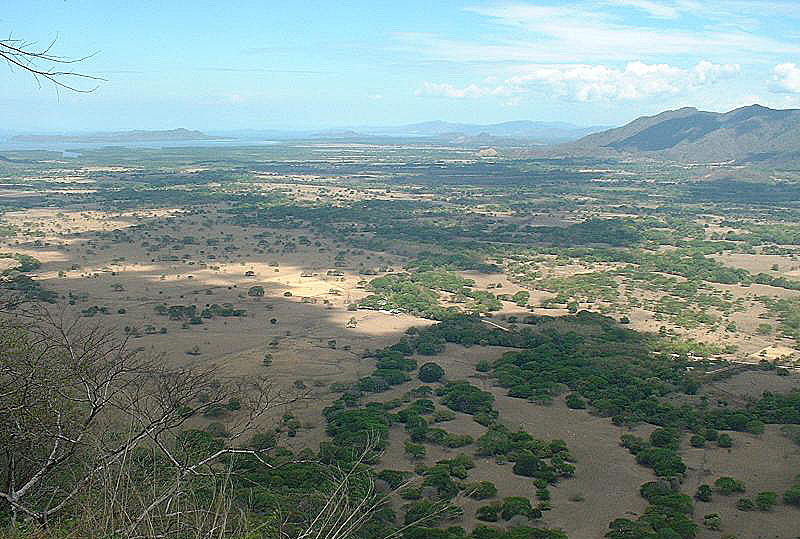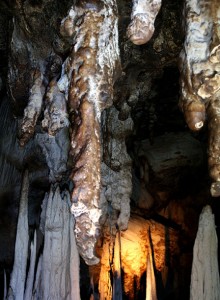Costa Rica is located in Central America, with Nicaragua to the north and Panama to the southeast. It is a popular destination, well known for its beautiful beaches and tropical rain forests. However, in the northwestern section of Costa Rica, one area does not follow the description mentioned above. This is the Barra Honda National Park.
 A visitor can reach this park by car from San Jose or Liberia. It is also possible to take the daily bus from Nicoya to Santa Ana. From there, it is a short walk to the park entrance. Those coming from Samara will also find that it is only a short distance to this park.
A visitor can reach this park by car from San Jose or Liberia. It is also possible to take the daily bus from Nicoya to Santa Ana. From there, it is a short walk to the park entrance. Those coming from Samara will also find that it is only a short distance to this park.
 The Barra Honda National Park is a unique area compared to the rest of Costa Rica. The most popular attraction in this park is its unique limestone caverns. The Barra Honda Hill consists of ancient coral reefs, approximately 60 million years old, pushed upward from the seabed. It was not until the late 1960s that scientists first explored the caves, and since then, they have surveyed only 19 of the 42 known caves. Before the exploration of the caves began, most people believed that Barra Honda was a volcano, complete with the natural sounds that often occur with active volcanoes. However, scientists discovered that bats caused the sounds that they heard. One of the caves, Pozo Hediondo, is the home of approximately 5000 bats, and the noises coming from that area are a result of their wings flapping when they leave the cave at sunset. More studies confirmed that Barra Honda is actually a series of limestone caves, not a volcano.
The Barra Honda National Park is a unique area compared to the rest of Costa Rica. The most popular attraction in this park is its unique limestone caverns. The Barra Honda Hill consists of ancient coral reefs, approximately 60 million years old, pushed upward from the seabed. It was not until the late 1960s that scientists first explored the caves, and since then, they have surveyed only 19 of the 42 known caves. Before the exploration of the caves began, most people believed that Barra Honda was a volcano, complete with the natural sounds that often occur with active volcanoes. However, scientists discovered that bats caused the sounds that they heard. One of the caves, Pozo Hediondo, is the home of approximately 5000 bats, and the noises coming from that area are a result of their wings flapping when they leave the cave at sunset. More studies confirmed that Barra Honda is actually a series of limestone caves, not a volcano.
These caves contain many underground chambers, with magnificent formations made by stalagmites and stalactites within the caves. These features resemble mushrooms, pearls, flowers, soda straws and candlesticks, to name a few. In addition, some of the column shaped formations produce musical tones when tapped.
Barra Honda’s appeal does not rest with its caves alone. Above ground, one can traverse the numerous hiking trails that run through the park. By following the main trail, one will arrive at Cerro Barra Honda, where he/she can enjoy a view of the Nicoya Peninsula and the Tempisque valley below them.
This area, known as a dry tropical forest as opposed to a tropical rain forest, is a very rare type of habitat, especially in a country known for its warm, humid environment. One may be able to spot anteaters, deer, monkeys and armadillos during their hike. Many varieties of birds are also present in this area including scarlet macaws. Unlike the other national parks in Costa Rica, camping sites are available for those who wish to use them.
Many travelers with Costa Rica as their destination look forward to a quiet and restful time, perhaps a day at the beach or a leisurely walk through a rainforest area. Those looking for something different, however, may enjoy a visit to the Barra Honda National Park. Rappelling down the entrance of a cave, exploring the unique features in the caves, or just walking through the dry tropical forest above the caves will leave the visitor with memories that one can find only in the Barra Honda National Park.





